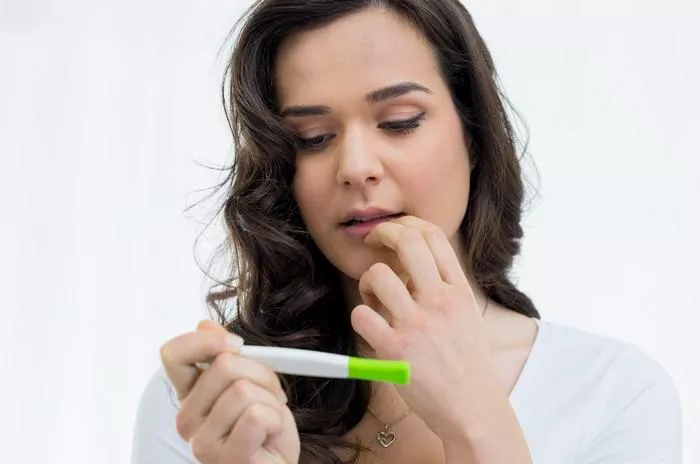For many women, fertility is a topic that evokes a mix of curiosity, anticipation, and perhaps even anxiety. Understanding your fertility status can provide valuable insight into your reproductive health and help you make informed decisions about family planning. But how can you determine if you’re fertile, all from the comfort of your own home? Let’s embark on a journey to unravel this mystery and explore some practical methods for assessing female fertility without the need for a doctor’s visit.
Understanding Female Fertility: A Complex Puzzle
Before we dive into methods for assessing fertility at home, it’s essential to understand the basics of female fertility. Picture it as a complex puzzle with multiple pieces – female fertility is influenced by various factors, including age, hormonal balance, menstrual cycle regularity, and overall reproductive health. While some women may have no trouble conceiving, others may face challenges due to underlying medical conditions or lifestyle factors.
Tracking Menstrual Cycles: The Window into Fertility
One of the simplest and most accessible ways to assess female fertility at home is by tracking menstrual cycles. Picture it as keeping tabs on the seasons – just as the changing seasons mark the passage of time, menstrual cycles provide valuable insights into the body’s reproductive rhythms. By tracking the length and regularity of your menstrual cycles, you can gain valuable information about ovulation, the window of fertility, and potential hormonal imbalances that may affect fertility.
Ovulation Prediction Kits: Shedding Light on Fertile Days
Another useful tool for assessing fertility at home is ovulation prediction kits. Picture it as a compass pointing the way – ovulation prediction kits detect changes in hormone levels that indicate when ovulation is likely to occur. By monitoring hormone levels in urine samples, these kits can help you pinpoint your most fertile days, increasing the chances of conception. While not foolproof, ovulation prediction kits can be a valuable tool for women trying to conceive.
Basal Body Temperature (BBT) Charting: Tracking Fertility Trends
Basal Body Temperature (BBT) charting is another method used to assess fertility at home. Picture it as connecting the dots – BBT charting involves taking your temperature first thing in the morning before getting out of bed and recording it on a chart. By tracking changes in basal body temperature throughout your menstrual cycle, you can identify patterns and trends that may indicate ovulation and fertile days. While BBT charting requires consistency and diligence, it can provide valuable insights into your fertility status.
Cervical Mucus Monitoring: Nature’s Fertility Indicator
Monitoring cervical mucus is another natural method for assessing fertility at home. Picture it as reading the signs of nature – cervical mucus changes in consistency and appearance throughout the menstrual cycle, becoming thinner, clearer, and more stretchy around the time of ovulation. By observing these changes and noting the presence of fertile cervical mucus, you can identify your most fertile days and optimize your chances of conception. While cervical mucus monitoring requires some familiarity with your body’s natural rhythms, it can be a useful tool for assessing fertility at home.
Lifestyle Factors: Nurturing Fertility from Within
In addition to these methods, it’s essential to consider lifestyle factors that can influence female fertility. Picture it as tending to a garden – just as proper care and nourishment are essential for a healthy garden, lifestyle factors such as diet, exercise, stress management, and avoiding harmful substances like tobacco and excessive alcohol play a crucial role in nurturing fertility. By adopting a healthy lifestyle and addressing any underlying health conditions, you can support your reproductive health and enhance your chances of conceiving naturally.
Seeking Professional Guidance: When to Consult a Doctor
While assessing fertility at home can provide valuable insights, it’s essential to remember that fertility is a complex and multifaceted issue. If you have concerns about your fertility or have been trying to conceive without success for an extended period, it may be time to seek professional guidance.
Conclusion:
In conclusion, assessing female fertility at home is possible with the right tools, knowledge, and diligence. By tracking menstrual cycles, using ovulation prediction kits, charting basal body temperature, monitoring cervical mucus, and adopting a healthy lifestyle, women can gain valuable insights into their reproductive health and fertility status.
[inline_related_posts title=”You Might Be Interested In” title_align=”left” style=”list” number=”6″ align=”none” ids=”1774,1776″ by=”categories” orderby=”rand” order=”DESC” hide_thumb=”no” thumb_right=”no” views=”no” date=”yes” grid_columns=”2″ post_type=”” tax=””]























